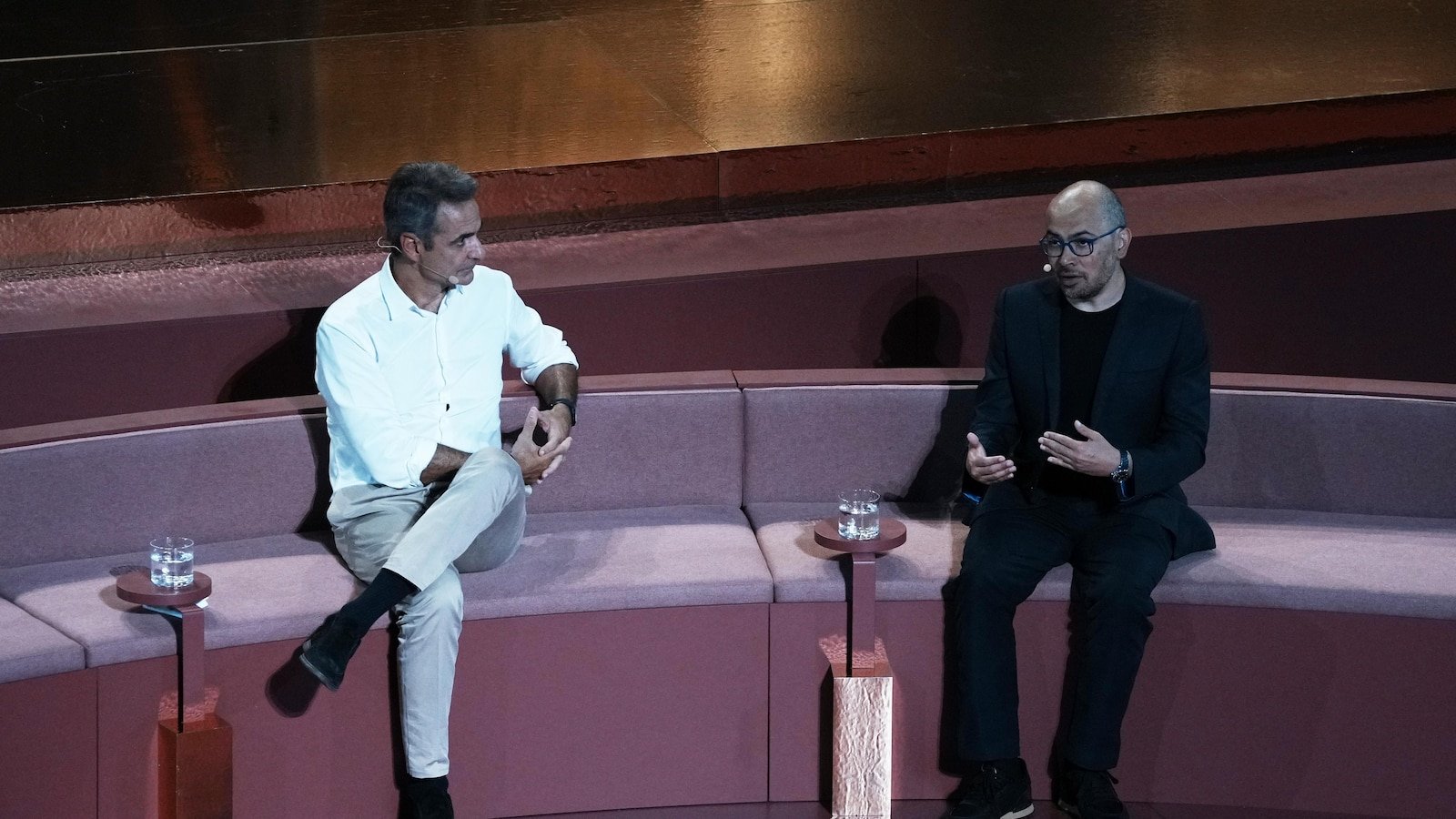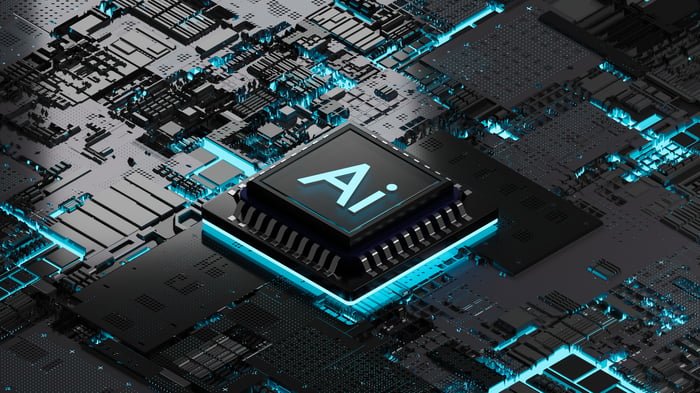Both AMD and Broadcom have an opportunity to outperform in the coming years.
Nvidia is the king of artificial intelligence (AI) infrastructure, and for good reason. Its graphics processing units (GPUs) have become the main chips for training large language models (LLMs), and its CUDA software platform and NVLink interconnect system, which helps its GPUs act like a single chip, have helped create a wide moat.
Nvidia has grown to become the largest company in the world, with a market cap of over $4 trillion. In Q2, it held a whopping 94% market share for GPUs and saw its data center revenue soar 56% to $41.1 billion. That’s impressive, but those large numbers may be why there could be some better opportunities in the space.
Two stocks to take a closer look at are Advanced Micro Devices (AMD 1.91%) and Broadcom (AVGO 0.19%). Both are smaller players in AI chips, and as the market shifts from training toward inference, they’re both well positioned. The reality is that while large cloud computing and other hyperscalers (companies with large data centers) love Nvidia’s GPUs they would prefer more alternatives to help reduce costs and diversify their supply chains.
1. AMD
AMD is a distant second to Nvidia in the GPU market, but the shift to inference should help it. Training is Nvidia’s stronghold, and where its CUDA moat is strongest. However, inference is where demand is accelerating, and AMD has already started to win customers.
AMD management has said one of the largest AI model operators in the world is using its GPUs for a sizable portion of daily inference workloads and that seven of the 10 largest AI model companies use its GPUs. That’s important because inference isn’t a one-time event like training. Every time someone asks a model a question or gets a recommendation, GPUs are providing the power for these models to get the answer. That’s why cost efficiency matters more than raw peak performance.
That’s exactly where AMD has a shot to take some market share. Inference doesn’t need the same libraries and tools as training, and AMD’s ROCm software platform is more than capable of handling inference workloads. And once performance is comparable, price becomes more of a deciding factor.
AMD doesn’t need to take a big bite out of Nvidia’s share to move the needle. Nvidia just posted $41.1 billion in data center revenue last quarter, while AMD came in at $3.2 billion. Even small wins can have an outsize impact when you start from a base that is a fraction of the size of the market leader.
On top of that, AMD helped launch the UALink Consortium, which includes Broadcom and Intel, to create an open interconnect standard that competes with Nvidia’s proprietary NVLink. If successful, that would break down one of Nvidia’s big advantages and allow customers to build data center clusters with chips from multiple vendors. That’s a long-term effort, but it could help improve the playing field.
With inference expected to become larger than training over time, AMD doesn’t need to beat Nvidia to deliver strong returns; it just needs a little bigger share.
Image source: Getty Images.
2. Broadcom
Broadcom is attacking the AI opportunity from another angle, but the upside may be even more compelling. Instead of designing off-the-shelf GPUs, Broadcom is helping customers make their own customer AI chips.
Broadcom is a leader in helping design application-specific integrated circuits, or ASICs, and it has taken that expertise and applied it to making custom AI chips. Its first customer was Alphabet, which it helped design its highly successful Tensor Processing Units (TPUs) that now help power Google Cloud. This success led to other design wins, including with Meta Platforms and TikTok owner ByteDance. Combined, Broadcom has said these three customers represent a $60 billion to $90 billion serviceable addressable market by its fiscal 2027 (ending October 2027).
However, the news got even better when the company revealed that a fourth customer, widely believed to be OpenAI, placed a $10 billion order for next year. Designing ASICs is typically not a quick process. Alphabet’s TPUs took about 18 months from start to finish, which at the time was considered quick. But this newest deal shows it can keep this fast pace. This also bodes well with future deals, as late last year it was revealed that Apple will be a fifth customer.
Custom chips have clear advantages for inference. They’re designed for specific workloads, so they deliver better power efficiency and lower costs than off-the-shelf GPUs. As inference demand grows larger than training, Broadcom’s role as the go-to design partner becomes more valuable.
Now, custom chips have large upfront costs to design and aren’t for everyone, but this is a huge potential opportunity for Broadcom moving forward.
The bottom line
Nvidia is still the dominant player in AI infrastructure, and I don’t see that changing anytime soon. However, both AMD and Broadcom have huge opportunities in front of them and are starting at much smaller bases. That could help them outperform in the coming years.























